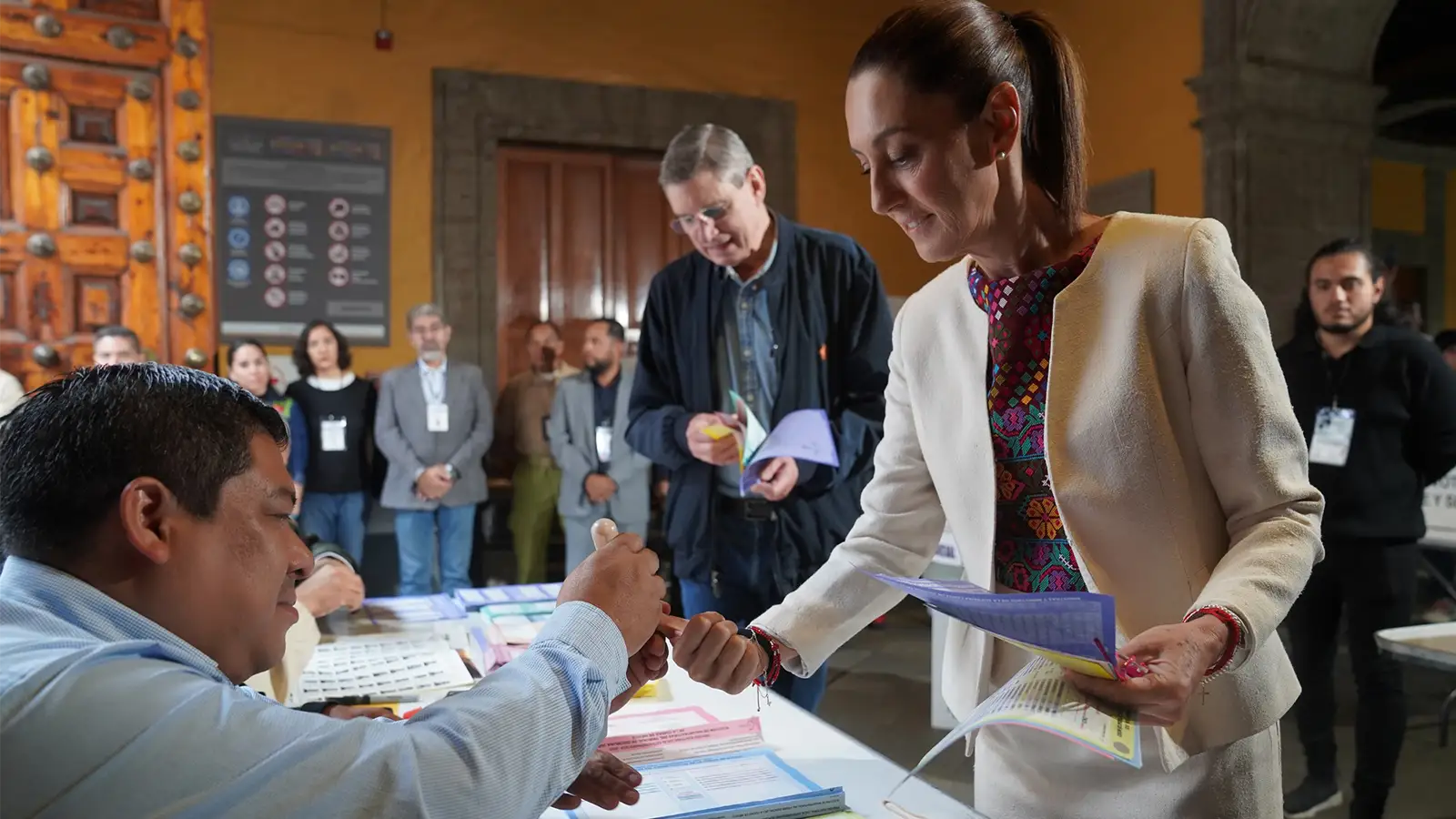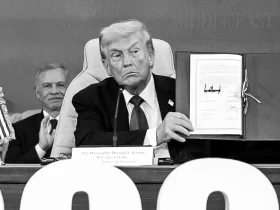For the first time in Mexico’s history, the Judicial Branch was elected by popular vote. Although with low turnout and some confusion, June 1, 2025 marked a before and after in the democratic life of the country.
Last Sunday, June 1, Mexico experienced an unprecedented moment: citizens were summoned to elect, for the first time at the ballot box, judges, magistrates and Supreme Court justices. Nearly 100 million people were eligible to vote, in a process that was not only unprecedented, but also reflected a profound change in the relationship between the State and the people.
This historic election was the result of a constitutional reform promoted by former President Andrés Manuel López Obrador in 2024, with the intention of making access to justice closer, more transparent and participatory. According to his words, “never in the history of our country had the people had the right to directly elect the members of the Judiciary”.
The challenge of an unprecedented election

The election was not without its challenges. Early on, more than 80 thousand polling stations opened throughout the country, with an almost perfect installation -less than 0.01% failed to activate- and a mostly peaceful election day. However, the exercise was marked by a low level of participation, widespread confusion among voters and doubts about the viability of such a complex model.
Voters received up to 12 ballots, depending on the state, to choose among thousands of candidates running for 881 federal judicial offices and thousands more at the local level. Without a preliminary results program (PREP) and with a count that will extend until June 15, citizens have had to adapt to a new way of exercising their right.
In spite of this, in places such as Mexico City, participation was one of the highest in the country, reaching 14.91%. The Chief of Government, Clara Brugada, described the day as “a historic event” that awakened an unprecedented interest in the population to learn about the functioning of the Judicial Power.
Democracy or simulation?

While the federal government and its allies celebrate this step towards a “participatory democracy”, critical voices, especially from the opposition and some academic and legal sectors, have raised concerns about the independence of the judiciary and the preparation of the electorate for this type of voting.
For some citizens, the complexity of the ballots and the lack of knowledge of the profiles were important obstacles. Images of empty ballot boxes, ballots with hundreds of names and testimonies of people who voted “for those they had heard on TV” or with the help of ‘accordions’ circulated in social networks.
Even so, more than 13 million Mexicans went out to vote. And although some did so with doubts, they did so. Because participation -with all its limits- continues to be an act of conviction.
A step forward
The truth is that, like it or not, Mexico has become the first country in the world to fully elect its Judiciary by popular vote. This marks a significant turn in its political history, and a step towards the transformation of the judicial system, whose credibility and closeness to the people have been questioned for decades.
Now, the challenge will be to ensure that this new model truly strengthens justice, protects its autonomy and responds to the true needs of the citizenry. What happened on June 1 was not just an election; it was a democratic experiment that tested Mexico’s political maturity and opened the door to a future where the people not only elect their rulers, but also those who must impart justice on their behalf.








































Leave a Reply